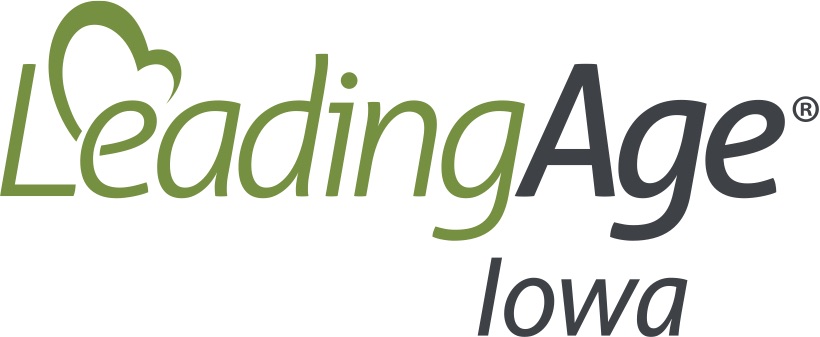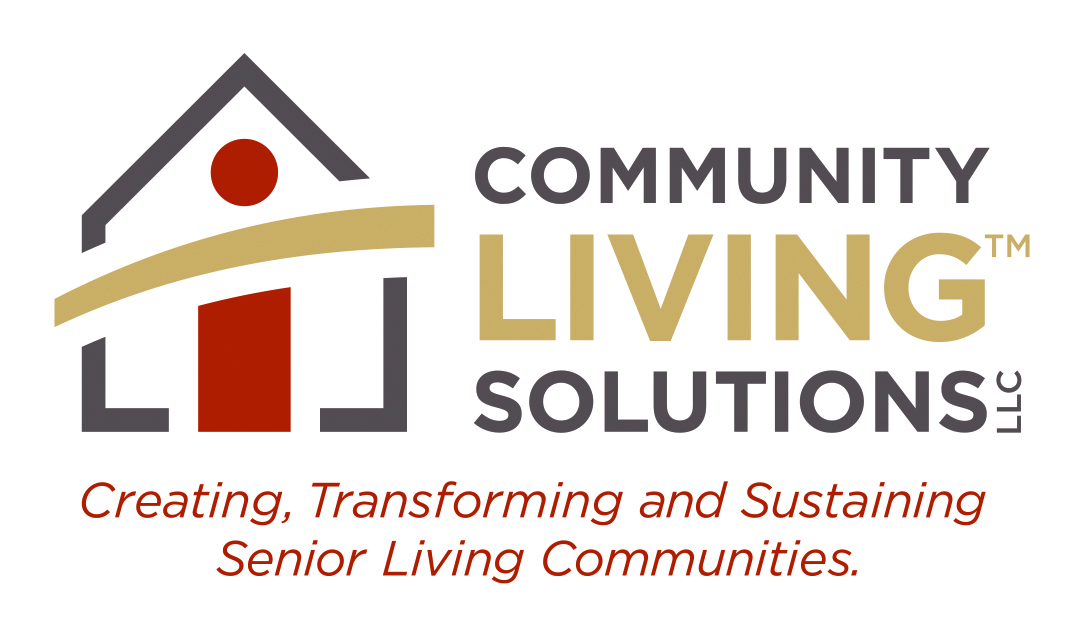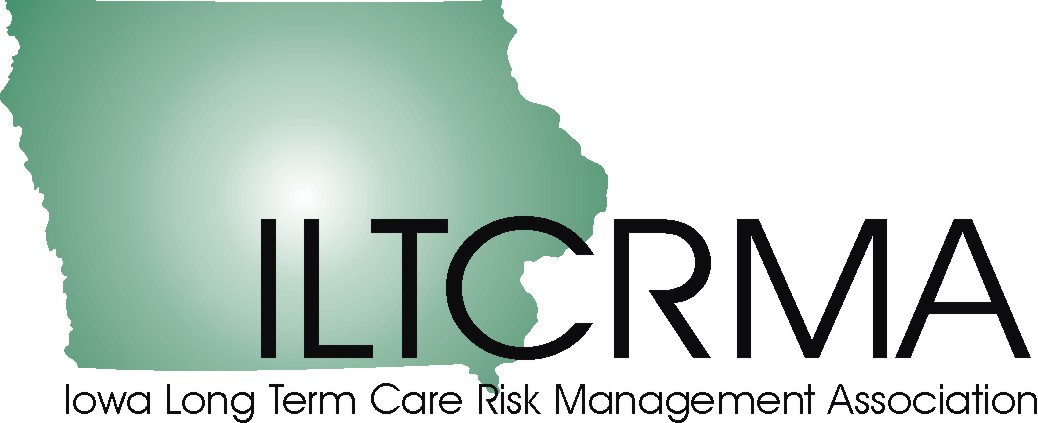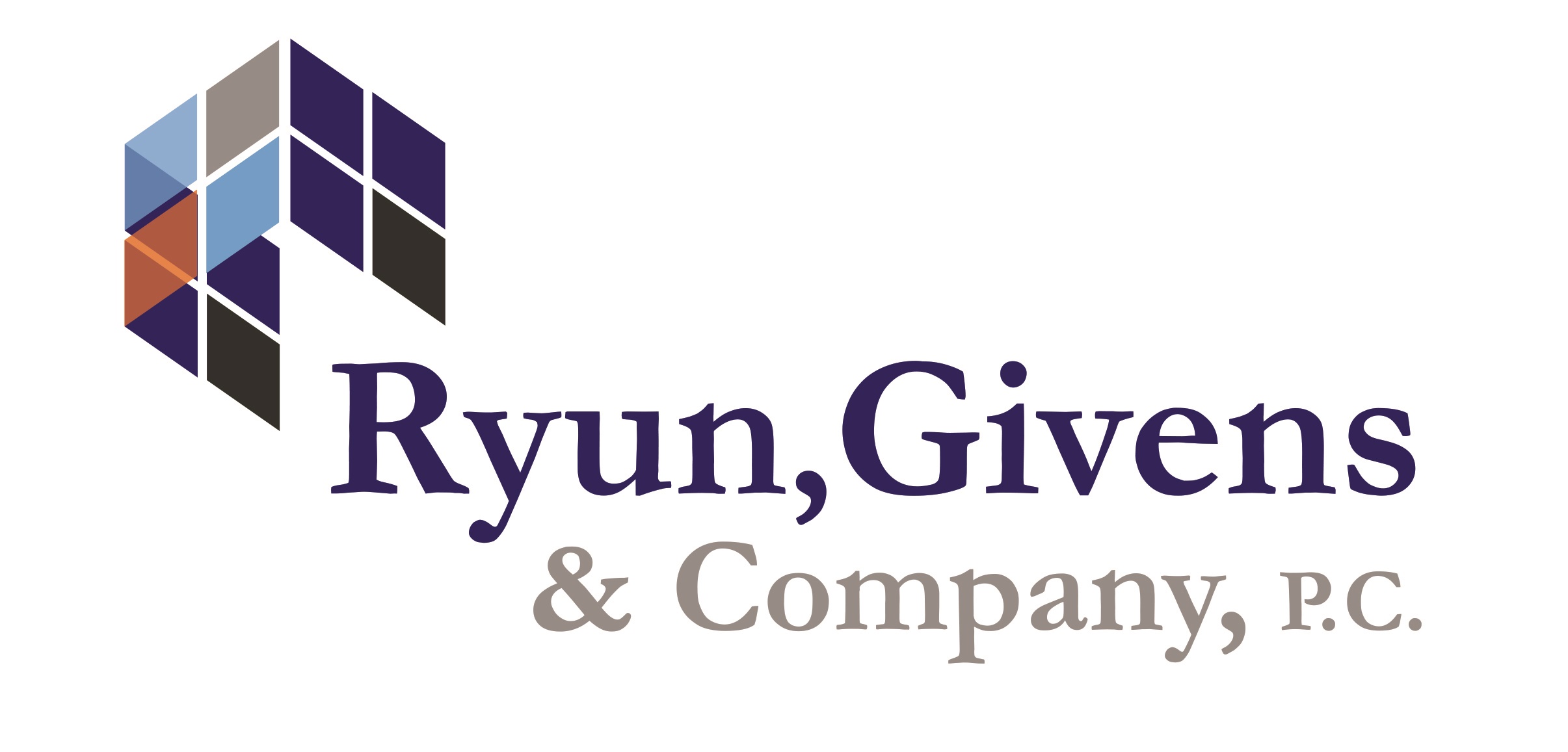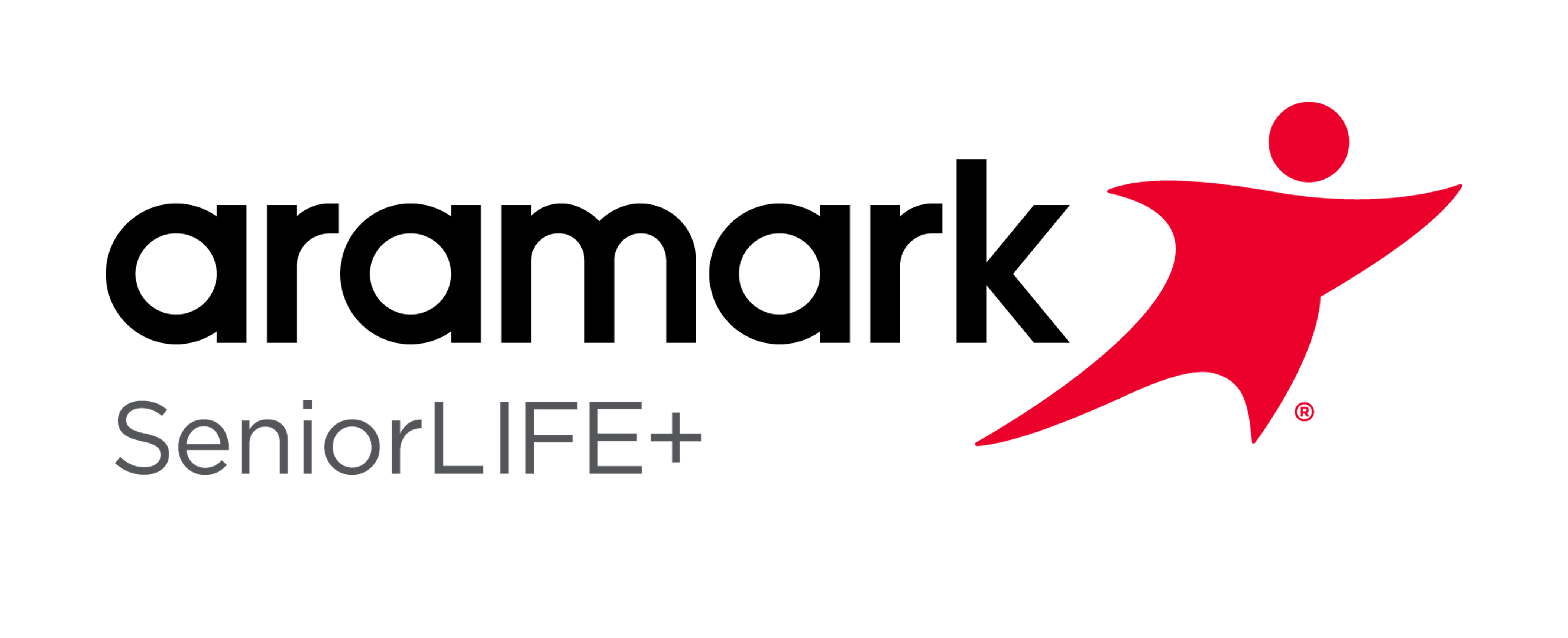CMS Revises LTC Visitation Guidance
On Nov. 12, CMS issued revised QSO-20-39-NH related to nursing home visitation, which is effective immediately. The memo clearly states that “visitation is now allowed for all residents at all times.” This revised memo also replaces any previous QSO memo related to visitation.
CMS states that vaccination efforts have substantially reduced the number of COVID-19 cases in nursing homes and that while there are still concerns associated with transmission associated to visitation, CMS believes that adherence to the core principles of COVID-19 infection prevention mitigates these concerns. Further, CMS states that residents have the right to make choices about the aspects of their life in the facility and may deny or withdraw consent for a visit at any time if they have concern about the risks associated with visitation. Therefore, CMS states that so long as a visitor, resident, or their representative is aware of the risks associated with visitation, and the visit occurs in a manner that does not place others at risk such as a resident’s semi-private, shared room, then the resident must be allowed to have visitors as he or she chooses.
See below for a summary of the specific changes articulated in the revised guidance:
Core Principles of COVID-19 Infection Prevention
- NEW language: Visitors with a positive COVID-19 viral test, symptoms, or COVID-19 OR who currently meet the criteria for quarantine, should not enter the facility. LTC providers should screen all visitors for these exclusions prior to entry.
- Regardless of how visits are conducted, the core principles of COVID-19 infection prevention reduce the risk of transmission including hand hygiene, face coverings, physical distancing, proper education on symptoms and infection control precautions, instructional signage, cleaning and disinfecting, appropriate staff use of PPE, effective cohorting, and staff/resident testing pursuant to QSO-20-38-NH.
Visitation Format/Location
- Visitation must be allowed at all times and for all residents.
- All healthcare workers/personnel educating residents with transitions to the community must be permitted entry so long as not subject to work exclusion or showing signs/symptoms.
- Residents, representatives, and visitors should be made aware of the potential risk of visiting and necessary precautions related to COVID-19 in order to visit. However, if a visitor, resident, or representative is aware of risks and if the visit does not place other residents at risk, the resident must be allowed to receive visitors as he/she chooses.
- No limitations may be placed on frequency, length of visitation, or the number of visitors. There may be no requirement for advance scheduling of visits.
- While there is no limit on the number of visitors at one time, visits should be conducted in adherence with the core principles of infection prevention and not increase risk to other residents. Therefore, LTC providers should ensure that physical distancing can still be maintained during peak visitation times like meals and should avoid large gatherings like parties where a large number of visitors are together in the same space and cannot maintain physical distancing.
- Touch:
- Fully-vaccinated residents can choose to have close contact (including touch) with their visitors.
- Unvaccinated residents can choose to have physical touch based on preference and needs, but the unvaccinated resident (or their representative) and the visitors should be advised of the risks of physical contact prior to the visit.
- Outbreak Investigations: Visitation is permitted, but visitors should be made aware of the potential risk of visiting during an outbreak investigation, wear a face covering/mask during visit, adhere to infection control measures, and ideally visit in the resident’s room.
- Residents on Transmission-Based Precautions or Quarantine: Visitation is permitted but not recommended. Visitors must be made aware of the potential risks and precautions necessary. Visits must occur in the resident’s room with the resident (if tolerated) and visitor wearing well-fitting face masks and adhering to core principles of infection prevention. LTC providers may offer appropriate PPE to visitors but are not required to provide PPE for visitors.
- Visitation Limitations:
- Shared Rooms: If the visitation would place another resident at risk (exp. a resident’s roommate is unvaccinated or immunocompromised [regardless of vaccination status]), visitation should not occur in the resident’s room, if possible. If the resident’s health status prevents leaving the room, then the facility should enable the in-room visitation and mitigate with other core principles of infection prevention.
- Quarantine/TBP: Visitation is permitted but must occur in the resident’s room.
- Outbreak Investigation: Visitation is permitted, but ideally would occur in the resident’s room.
- Compassionate Care: Due to the changes in visitation guidance, visitation should not be limited to compassionate care. In the very rare instance where visitation may be limited (exp. Severely immunocompromised resident and the number of visitors the resident is exposed to needs to be kept to a minimum), compassionate care visits would still be allowed at all times.
Visitation PPE
- High or Substantial Community Level of Transmission: all residents and visitors, regardless of vaccination status, should wear face coverings/masks and physically distance at all times. However, CMS also notes the following about touch:
- Fully-vaccinated residents can choose to have close contact (including touch) with their visitors.
- Unvaccinated residents can choose to have physical touch based on preference and needs, but the unvaccinated resident (or their representative) and the visitors should be advised of the risks of physical contact prior to the visit.
- Low or Moderate Community Level of Transmission: the resident and their fully-vaccinated visitors may choose to not wear face coverings/masks and to have physical contact. However, if the resident is moderately or severely compromised or if the resident/visitor is unvaccinated, the safest practice, which should be encouraged, is for the residents and visitors to wear face coverings/masks and physically distance. CMS also notes the following about touch:
- Fully-vaccinated residents can choose to have close contact (including touch) with their visitors.
- Unvaccinated residents can choose to have physical touch based on preference and needs, but the unvaccinated resident (or their representative) and the visitors should be advised of the risks of physical contact prior to the visit.
- Unvaccinated Visitors or Visitors with Unknown Vaccination Status: Should wear a face covering/mask at all times.
- Residents in Quarantine or Transmission-Based Precautions (TBP): Can still receive visitors (although not recommended) so long as the visit occurs in the resident’s room and the resident wears a well-fitting face mask if tolerated. Visitors for residents in Quarantine or on TBP must be made aware of the potential risks of visiting and precautions necessary prior to the visit. Visitors must adhere to the core principles of infection prevention. LTC providers may offer the visitor well-fitting facemasks or appropriate PPE but are not required to provide PPE to visitors.
Visitor Testing and Vaccination
- Testing in Counties with Substantial or High Levels of Community Transmission: LTC providers are encouraged to offer testing to visitors but are not required to do so. If testing is not offered to visitors, then testing should be encouraged prior to arrival (within 2-3 days). Submission of a negative test result cannot be a condition for visitation.
- Vaccination: Visitor vaccination is not required but strongly encouraged. LTC providers may ask about a visitor’s vaccination status but cannot require proof of vaccination as a condition of visitation. If a visitor declines to disclose their vaccination status or is unvaccinated, the visitor should wear a face covering at all times.
Resident Activities and Outings
- Communal activities and dining may occur while adhering to core principles of infection prevention. The safest approach is for everyone regardless of vaccination status to wear a face covering/mask in communal areas. For more information, see CDC Source Control guidance in https://www.cdc.gov/coronavirus/2019-ncov/hcp/infection-control-recommendations.html
- Resident must be able to leave as they choose. If a resident chooses to leave on an outing, the resident an any individual accompanying the resident should be reminded about recommended infection control practices including face coverings, physical distancing, and hand hygiene, and to encourage others to do the same.
- For outings less than 24 hours, upon the resident’s return:
- Screen resident for sign or symptoms.
- If resident or family member reports possible close contact while on outing, test resident for COVID-19 regardless of vaccination status. Place unvaccinated residents on quarantine.
- If resident develops signs or symptoms after the outing, test the resident for COVID-19 and place on TBP, regardless of vaccination status.
- If warranted by a risk assessment or uncertainty about adherence to infection control measures during outing, a LTC provider may consider quarantining unvaccinated residents upon return from outing.
- Monitor residents for signs and symptoms daily.
- For outings 24 hours or more, manage residents as a new admission or readmissions as recommended by the CDC in Interim Infection Prevention and Control Recommendations to Prevent SARS-CoV-2 Spread in Nursing Homes | CDC.
- Unvaccinated residents should be placed in a 14-day quarantine if in a high, substantial, or moderate county of transmission, even if test negative.
- Unvaccinated residents in a low county of transmission may be placed in quarantine based on policy or based upon a risk-based approach.
- Fully vaccinated residents do not need to be placed in quarantine. Fully vaccinated residents who demonstrate signs or symptoms or who test positive, need to be placed on TBP.
Compliance with Federal Disability Laws
- NEW language – If communicating with individuals who are deaf or hard of hearing, it is recommended to use a clear mask or mask with a clear panel.
- NEW language – Face coverings should not be placed on anyone who has trouble breathing, is unable to wear a mask due to a disability, or anyone who is unconscious, incapacitate, or otherwise unable to remove the mask without assistance.
Ombudsman/Disability Advocates
- Shall be allowed immediate access to residents.
- If the resident is in TBP or quarantine, the resident and ombudsman/disability advocate should be made aware of the potential risk for vaccination and visit in the resident’s room.
- If the resident is unvaccinated and located in a county with high to substantial transmission, the resident and ombudsman/disability advocate should be made aware of the potential risk for vaccination and visit in the resident’s room.
- If the ombudsman or resident requests an alternative communication in lieu of an in-person visit, LTC providers must facilitate alternative communication such as phone, Zoom, or FaceTime.
LTC Surveyors
- Shall be allowed access regardless of vaccination status. Proof of vaccination shall not be a condition of entry.
- Surveyors should not enter a facility if they have had a positive COVID-19 test, demonstrate signs or symptoms of COVID-19, or currently meet criteria for quarantine.
- Surveyors should adhere to core principles of COVID-19 infection prevention and adhere to COVID-19 infection prevention requirements set by federal and state agencies, including executive orders.
LAI will update the Visitation Resources on our website and post them as they are completed.
|
